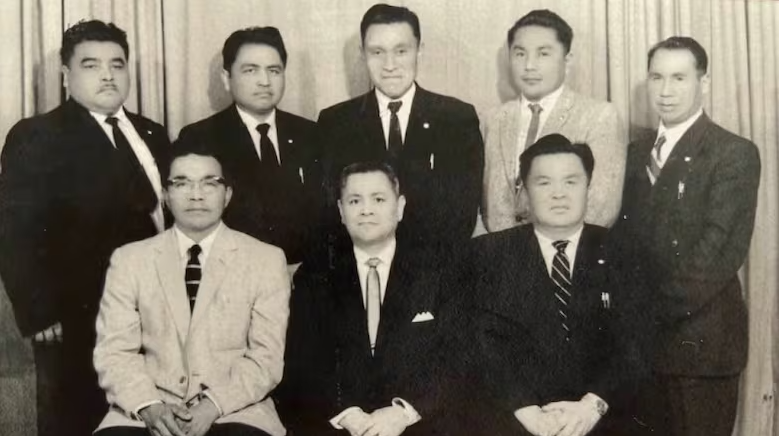How a Nisga’a Chief Sparked the Modern Treaty Era in Canada
Emma MacLeod
8/5/20253 min read


More than five decades ago, a legal battle led by Nisga’a hereditary chief Frank Calder set the stage for how Indigenous rights and land title are recognized in Canada — a precedent that continues to shape legal and political fights to this day.
In the late 1960s, Calder and the Nisga’a Nation took the province of British Columbia to court, arguing that their ancestral land rights in the Nass Valley had never been extinguished. Though the 1973 Supreme Court decision was ultimately dismissed on a legal technicality, it marked a historic first: the recognition that Aboriginal title existed in Canadian law.
“It was a turning point,” said Nisga’a treaty negotiator Matthew Moore. “We were no longer ignored — we were at the table.”
Today, Indigenous leaders across Canada are again invoking Calder’s legacy as they challenge fast-tracked infrastructure bills they say infringe on constitutionally protected rights. In Ontario, nine First Nations have taken the provincial and federal governments to court over Bills 5 and C-5, which aim to speed up development. Chiefs in British Columbia are warning of further legal action.
What Calder Changed
Until Calder v. British Columbia, the Canadian government had largely refused to acknowledge Indigenous land claims unless a treaty had been signed. But the Supreme Court ruling — even without full victory — forced a fundamental shift: Ottawa could no longer deny the existence of Aboriginal title in regions without treaties.
That change gave rise to Section 35 of the Constitution in 1982, which recognized the existing rights of Indigenous peoples. But while Section 35 cemented treaty rights, it did not define "Aboriginal title," especially for Indigenous nations without historic treaties. That legal gap has led to continued court battles over land, resources, and self-governance.
The federal government credits the Calder case with launching a new “rights-based” approach to treaty negotiations. Just two years after the decision, Canada signed its first modern treaty: the James Bay and Northern Quebec Agreement in 1975.
Nisga’a Lead the Way
The Nisga’a themselves signed their modern treaty in 2000 — after 113 years of effort. Moore, who worked on the negotiation team for 16 years, remembers the challenges of being turned away repeatedly by the province.
“They told us, ‘You’re not Canadian citizens — you’re wards of the federal government,’” Moore recalled. “It was humiliating.”
After the Calder ruling, Nisga’a leaders approached then-prime minister Pierre Trudeau with a choice: return to court, or come to the table. The government chose negotiation, and Canada entered what is now called the "modern treaty era."
Modern Treaties: A National Legacy
Calder’s ripple effect reached far beyond British Columbia. In Saskatchewan, the Whitecap Dakota First Nation — excluded from the historic numbered treaties because they were labeled “American Indians” — signed a self-government treaty in 2023.
“This treaty finally recognized us under Section 35,” said Chief Darcy Bear. “It lets us govern under Dakota laws, not the Indian Act.”
In the Yukon, where no historical treaties had been signed, Calder was also a catalyst. Dave Joe, the first Indigenous lawyer in the territory and a key figure behind the Yukon Umbrella Final Agreement, said the Nisga’a case was one of three major inspirations for Yukon First Nations to push for land claims.
“Before Calder, it was a dark time,” Joe said. “We couldn’t own land, couldn’t go to court — we were restricted at every level. That decision changed everything.”
Looking Ahead
Now, with Canada pushing for economic development and “shovels in the ground,” Indigenous leaders are again citing Calder in legal fights to defend their rights. Many say modern development efforts risk repeating past injustices by sidelining Indigenous voices in favour of fast-tracked infrastructure.
For Moore, the legacy of Calder is clear: “It showed that our people had the law on their side — and that they had the strength to change history.”
Even outside Canada, Calder’s influence has been felt. According to the University of British Columbia, courts in Australia and New Zealand have cited the case in their own rulings on Indigenous land rights — a global echo of one chief’s fight for justice in a remote corner of B.C.
News
Stay updated with the latest BC news stories, subscribe to our newsletter today.
SUBSCRIBE
© 2025 Innovatory Labs Inc.. All rights reserved.
LINKS
